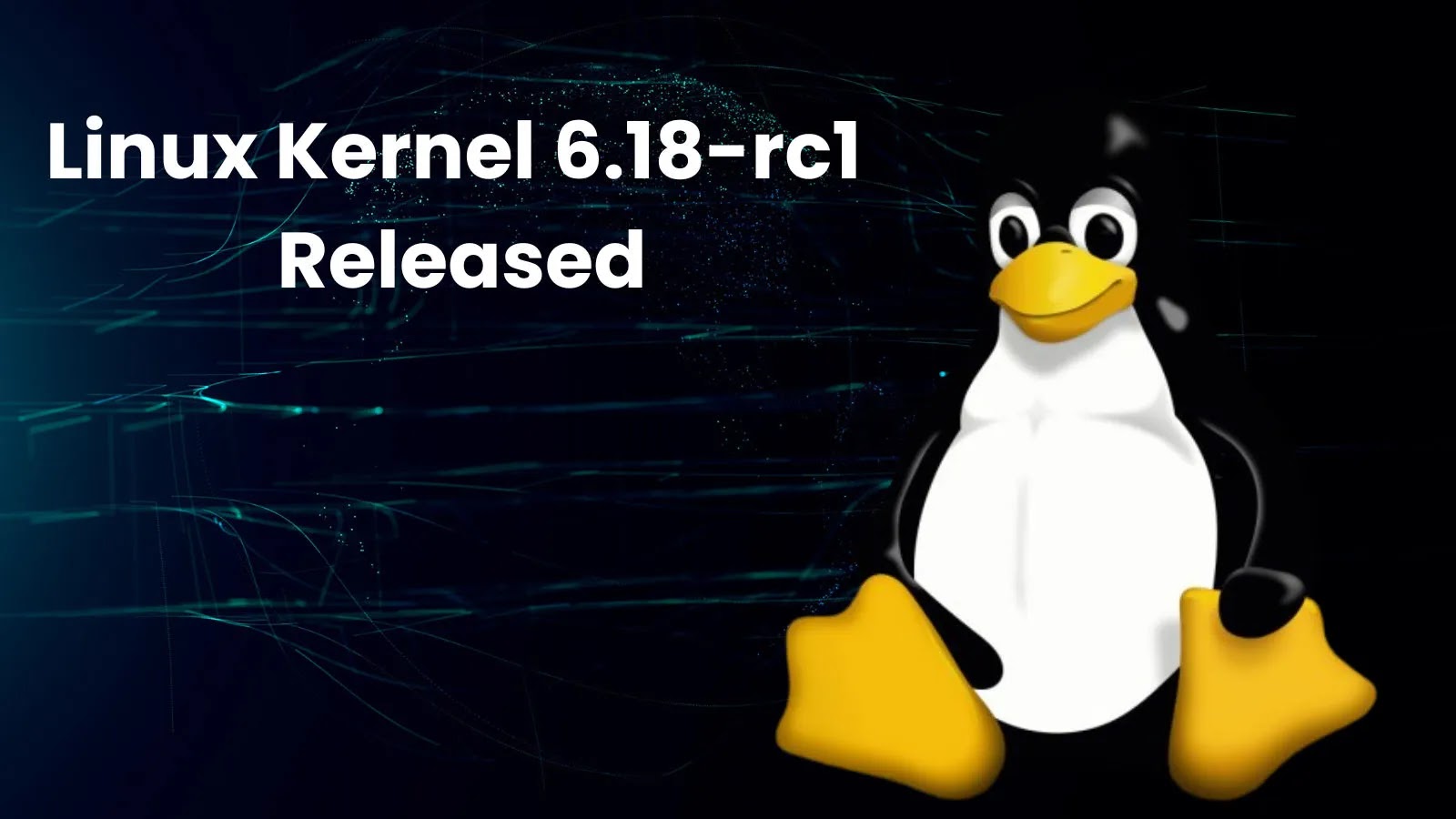
Linux Kernel 6.18-rc1 Released With Extensive Updates Following a Steady Merge Window
The heartbeat of countless systems, from personal computers to enterprise servers, comes from the Linux kernel. A new release cycle is always a significant event for developers, system administrators, and security professionals alike. Linus Torvalds recently announced the availability of Linux Kernel 6.18-rc1, signaling the start of the release candidate phase for the next major iteration. This initial release candidate follows a typically smooth and uneventful merge window, a testament to the robust development process behind one of the world’s most critical pieces of software.
Understanding the Kernel Release Cycle
For those outside the immediate development circles, the “rc” in 6.18-rc1 stands for “release candidate.” This phase is crucial for bug identification and stabilization. After a two-week “merge window” where new features and changes are integrated into the main development tree, Torvalds tags the first release candidate. This version is then distributed to a global community of testers and developers whose primary task is to rigorously test the kernel on various hardware configurations and workloads. Their feedback is indispensable, helping to iron out any lingering issues before the final, stable version is released.
The Significance of a “Steady” Merge Window
Torvalds’ observation of a “steady” merge window, as noted in the announcement, might seem unremarkable on the surface, but it carries considerable weight. A steady merge window implies that the integration of new features, driver updates, and architectural improvements proceeded without major conflicts or unforeseen complications. This smooth process often translates to a more stable and reliable release once it reaches general availability. For organizations relying on the Linux kernel for their infrastructure, a predictable development cycle is a positive indicator for future operational stability and security.
Extensive Updates and Their Implications
While specific details of all the “extensive updates” are traditionally revealed incrementally throughout the rc phase and in the final changelog, the general scope of kernel updates typically includes:
- New Hardware Support: Drivers for the latest CPUs, GPUs, network adapters, and other peripherals ensure broader compatibility and unlock new performance capabilities.
- Performance Enhancements: Optimizations to scheduling algorithms, memory management, and I/O operations lead to faster and more efficient system performance.
- Security Improvements: Patches for identified vulnerabilities, enhancements to security modules (like LSMs – Linux Security Modules), and hardening measures are continuously integrated. While no specific CVEs have been highlighted in this initial rc, the ongoing commitment to security is a cornerstone of kernel development.
- Filesystem Improvements: Updates to existing filesystems (e.g., EXT4, Btrfs, XFS) and sometimes support for new ones, improving data integrity, performance, and scalability.
- Networking Stack Enhancements: Better handling of network protocols, improved throughput, and new features to support modern networking demands.
- Virtualization Improvements: Enhancements for hypervisors like KVM and Xen, improving guest performance and host stability.
What This Means for Users and Developers
For developers, system administrators, and IT professionals, the release of 6.18-rc1 is an invitation to begin testing. Early adoption in non-production environments allows them to assess compatibility with their existing software stacks and hardware. For cybersecurity professionals, it’s a signal to monitor the development process for any emerging security disclosures or critical patches that might impact their systems. Staying informed about kernel updates like Linux 6.18-rc1 is paramount for maintaining robust and secure computing environments.
Looking Ahead: The Path to Stability
The journey from 6.18-rc1 to the stable 6.18 release will involve several more release candidates, each meticulously tested and refined. This iterative process allows for continuous feedback and bug squashing. The community’s active participation is what makes the Linux kernel so resilient and adaptable. As testers put 6.18-rc1 through its paces, we anticipate a steady stream of bug fixes and minor adjustments, leading to a robust and reliable final release that will power the next generation of computing.





